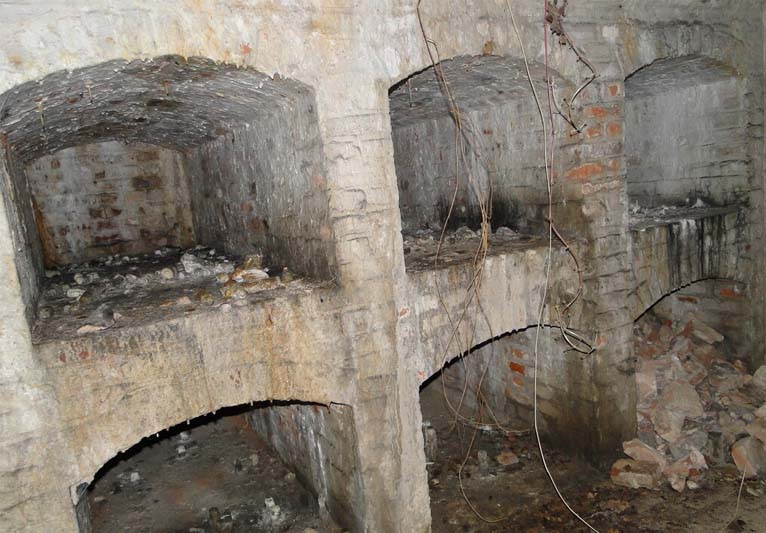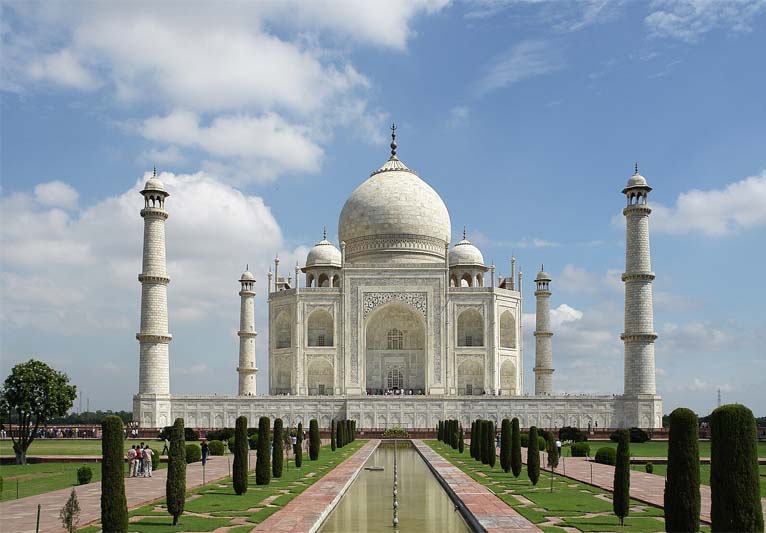In a recent story, I ran across a bit of dialogue mentioning the difference between a crypt and a mausoleum, and I got curious about this word confusion. Naturally, in the research, tomb dropped in. Yeah, there are many more terms referring to burials, but adding in the others would have taken this post beyond the four I try to limit myself to . . . and it didn’t seem fair to cut dead the others.
So, a crypt is essentially a room built underneath a building.
A mausoleum is the opposite and is usually an ornate bit of architecture built in its own space above ground. New Orleans is famous for its cities of the dead.
A tomb is much more general and holds the dead (or not). It can be a monument erected over the deceased’s resting place or simply a commemorative monument that holds no one.
Exploring Later . . .
You may be interested in checking out “Cemetery vs Churchyard vs Graveyard“.
Word Confusions . . .
. . . started as my way of dealing with a professional frustration with properly spelled words that were out of context in manuscripts I was editing as well as books I was reviewing. It evolved into a sharing of information with y’all. I’m hoping you’ll share with us words that have been a bête noire for you from either end.
If you found this post on “Crypt vs Mausoleum vs Tomb” interesting, consider subscribing to KD Did It, if you’d like to track this post for future updates.
| Crypt | Mausoleum | Tomb |
|---|---|---|
 |
 — |
 |
| Part of Grammar: | ||
| Noun
Plural: crypts |
Noun
Plural: mausolea, mausoleums |
Noun; Verb, transitive
Plural for the noun: tombs Third person present verb: tombs |
An underground room or vault beneath a church, used as a chapel, burial place, a location for secret meetings, etc.
|
An external free-standing building, especially a large and stately one, housing a tomb or tombs
A gloomy, usually large room or building |
A container which holds the deceased’s remains
A large vault, typically an underground one, for burying the dead
A monument commemorating the dead Anything serving as a burial place Verb, transitive:
|
| Examples: | ||
| He is buried in the crypt, directly underneath the top of the cathedral’s dome.
“We passed through a range of low arches, descended, passed on, and descending again, arrived at a deep crypt, in which the foulness of the air caused our flambeaux rather to glow than flame” (Poe). “With the Cathedral crypt he is better acquainted than any living authority; it may even be than any dead one” (Dickens). “‘This be the castle’s crypt,’ whispered Joan; ‘and they do say that strange happenings occur here in the still watches of the night, and that when the castle sleeps the castle’s dead rise from their coffins and shake their dry bones'” (Burroughs). |
The cathedral was built in 1517 as a royal mausoleum.
They buried the duke in the mausoleum. “Archaeologists believe the mausoleum’s entry arch was approximately fifteen feet high and flanked by two bronze plaques engraved with Augustus’ Res Gestae Divi Augusti (Deeds of the Divine Augustus)” (Cosmo). The via Appia Antica retains the ruins of many private mausolea for kilometres outside Rome. |
Noun: A tomb may be considered to be within a mausoleum. They still show their tombs placed in view of each other. As such, we recognize objects “as” trees or mountains or tombs. Normally, rich tombs are considered of high rank, whereas pit graves are synonymous with common folk. Some years ago a farmer working his field stumbled on the entrance of a shaft tomb. The house was as quiet as a tomb. None escape the tomb. “The Tomb of the Unknowns was established in 1921, when an unidentified U.S. soldier who died in World War I was exhumed from a cemetery in France and reburied at Arlington” (David). The Church of the Holy Sepulchre was historically named either for the Resurrection of Jesus, or for his tomb, which is located at its focal point. The sea was his tomb. Verb, transitive: Forest Lawn is where many of Tinseltown’s immortals are tombed for all eternity. Get that warrant now! They’re tombing him. |
| Derivatives: | ||
| deriv | deriv | Adjective: tombal, tombless, tomblike, untombed Noun: entombment, tombstone Verb: entomb |
| History of the Word: | ||
| Late Middle English, in the sense cavern, from the Latin crypta, from the Greek kruptē meaning a vault, from kruptos meaning hidden. | Late 15th century, via the Latin from the Greek Mausōleion, from Mausōlos, the name of a king of Caria (4th century BC), to whose tomb in Halicarnassus the name was originally applied. | Middle English from the Old French tombe, from the late Latin tumba, from the Greek tumbos. |
C’mon, get it out of your system, bitch, whine, moan . . . which words are your pet peeves? Also, please note that I try to be as accurate as I can, but mistakes happen or I miss something. Email me if you find errors, so I can fix them . . . and we’ll all benefit!
Satisfy your curiosity about other Word Confusions on its homepage or more generally explore the index of self-editing posts. You may also want to explore Book Layout & Formatting Ideas, Formatting Tips, Grammar Explanations, Linguistics, Publishing Tips, the Properly Punctuated, Writing Ideas and Resources, and Working Your Website.
Resources for Crypt vs Mausoleum vs Tomb
Some of these links may be affiliate links, and I will earn a small percentage, if you should buy it. It does not affect the price you pay.
Apple Dictionary.com
Burroughs, Edgar Rice. The Outlaw of Torn. Originally published 1927. SAGA Egmont, 2023. <https://amzn.to/3QkMzKl>. https://amzn.to/3QkMzKlEbook.
Cambridge Dictionary: tomb
Cosmo, Dr Laurie Kalb. “The Mausoleum of Augustus and the Piazza Augusto Imperatore in Rome.” Smarthistory.org. 12 Apr 2022. Accessed 3 Nov 2023. <https://smarthistory.org/the-mausoleum-of-augustus-and-the-piazza-augusto-imperatore-in-rome/>.
David. “Tomb of the Unknown Soldiers.” Flickr. 11 Aug 2005. Accessed 3 Nov 2023. <https://www.flickr.com/photos/bootbearwdc/33236520>.
Dickens, Charles. The Mystery of Edwin Drood. Originally published 1870. 2011. <https://amzn.to/46YB8ij>. Ebook.
Dictionary.com: tomb
The Free Dictionary: crypt, mausoleum, tomb
Neighbors, Joy. “Mausoleums, Crypts, and Tombs (Oh My!)” A Grave Interest. 26 Aug 2011. Accessed 3 Nov 2023. <https://agraveinterest.blogspot.com/2011/08/mausoleums-crypts-and-tombs-oh-my.html>.
Poe, Edgar Allan. The Cask Of Amontillado. Originally published 1846. HarperPerennial Classics, 2013. <https://amzn.to/46VtTaR>. Ebook.
Pinterest Photo Credits:
Octogonal Tomb with Mihrab on the West Side is Nvvchar‘s own work and is under the CC BY-SA 3.0 license, via Wikimedia Commons.
Revised as of 9 Apr 2024
By: Kathy Davie

